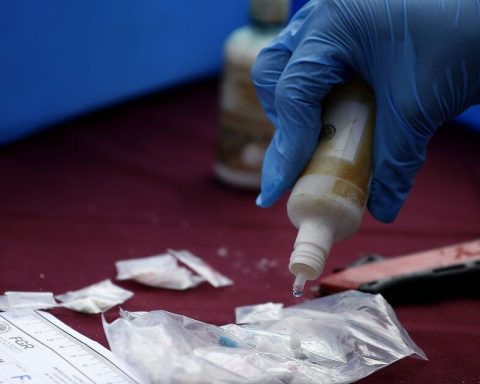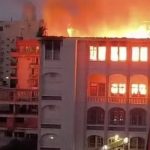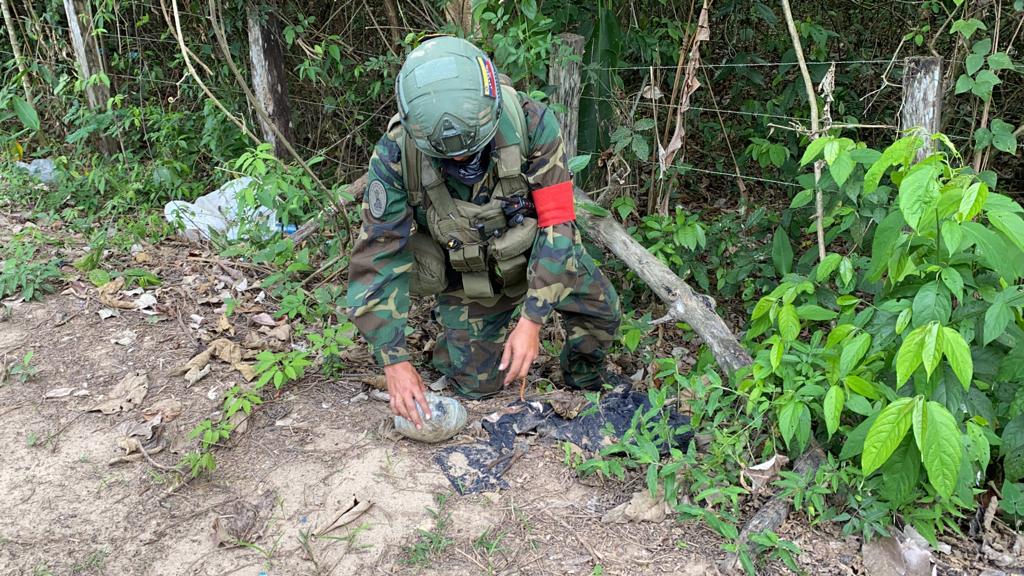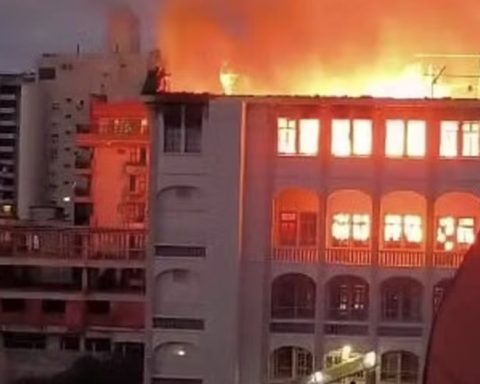Alonso Urrutia
Newspaper La Jornada
Monday, March 14, 2022, p. eleven
As part of their tours in the entities where the war dirtythe Commission for Access to Truth and Historical Clarification and Justice for Serious Human Rights Violations committed between 1965 and 1990, meetings were held in Guerrero to listen to the victims in Atoyac and in the community of El Quemado.
Likewise, the national plan was presented with the particularities for that region, where the most intense military repression
explained Carlos Pérez Ricart, a member of the group.
In an interview about the work undertaken, he highlighted that in El Quemado -undoubtedly one of the places where the bloodiest acts were committed in that period-, the demands of the victims for justice and reparation of the damage were collected, which after 50 years of the facts are yet to come.
He mentioned that in the case of Guerrero there have been three important efforts to clarify what happened and achieve justice.
In the first instance, the work has been done through the National Human Rights Commission, the Special Prosecutor for Social and Political Movements of the Past and the Truth Commission of Guerrero, recently.
He added that even though significant progress has been made, justice has not reached the victims, who for a long time have promoted various legal actions to obtain it. However, efforts were made that have not been recorded in other parts of the country, which is why part of these experiences must be taken up again.
Pérez Ricart considers that these two towns can practically be considered as the epicenter of the war dirty in those years, for which the main demands of the communities focused on repairing the damage at the collective level (social programs and improvement works) and the amendment individually were collected.
We went to commit ourselves to bring justice to the community of El Quemado, where the repression reached practically the entire town. It was not focused, so the meeting held on the basketball court, where many things happened at that time, was a particularly special event due to its historical and emblematic content.
He reported that other visits are already scheduled to entities affected by the war dirty: Sinaloa, Chihuahua, Puebla and Nuevo León. In this first phase, testimonies and demands are collected from the groups of victims with whom there have been approaches to outline the general plan of the commission, which it hopes to present very soon.
He pointed out that although an agreement has not yet been reached regarding financing for the work of the Truth Commission, for now the Undersecretary for Human Rights, Population and Migration of the Ministry of the Interior has covered the costs.

















